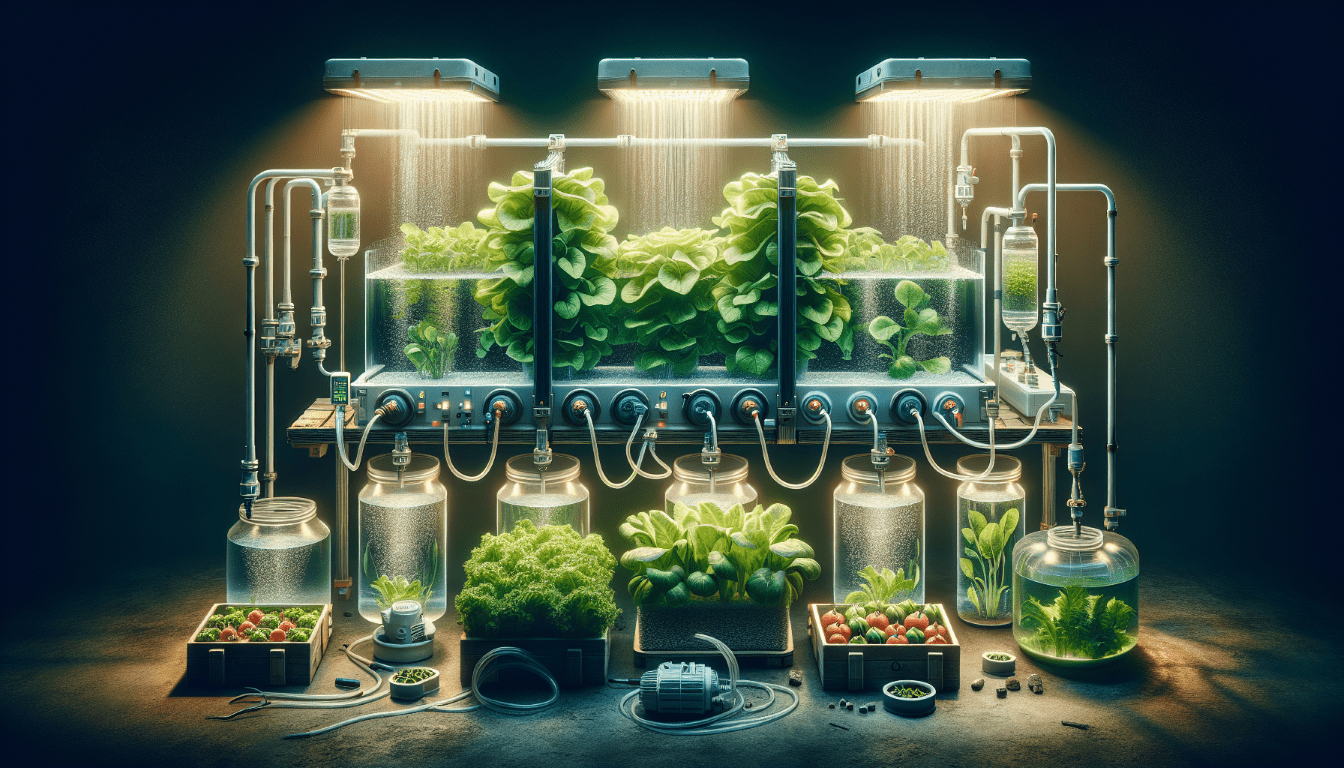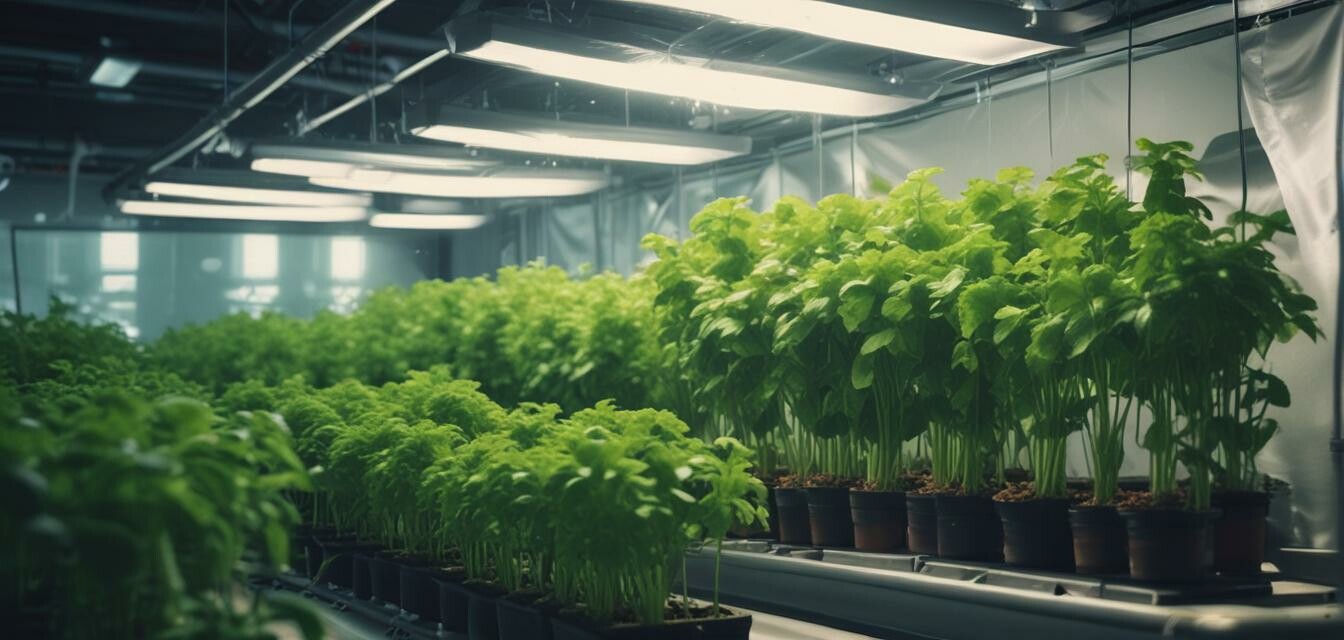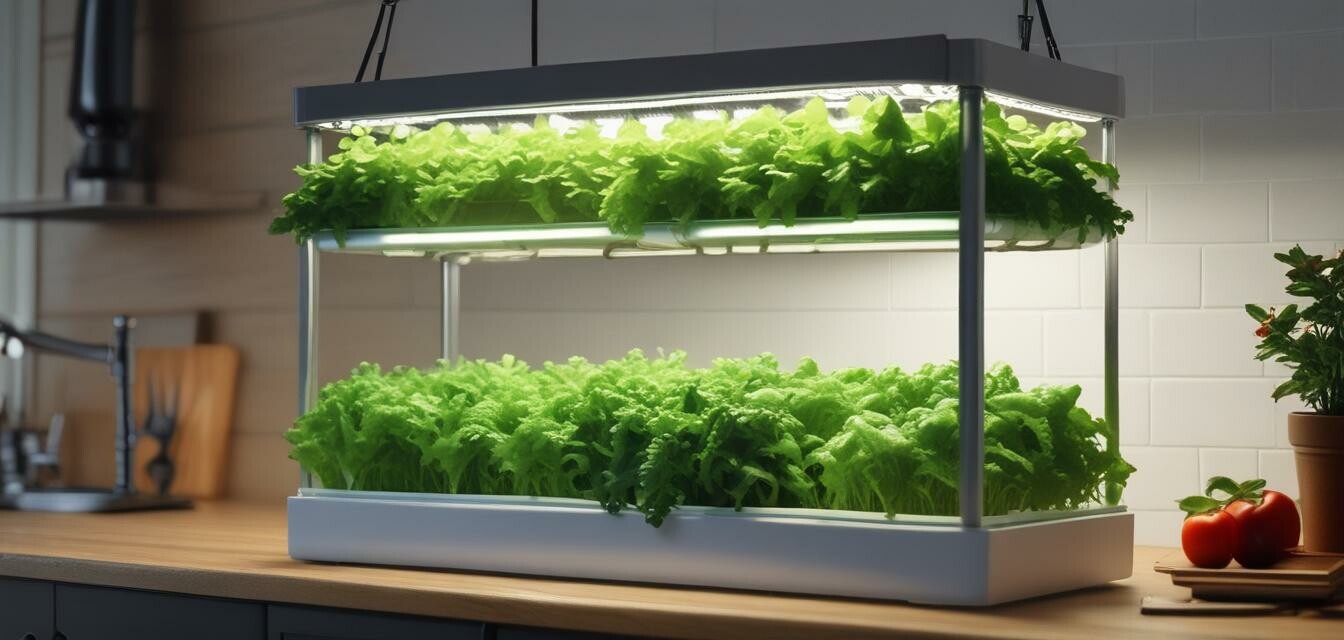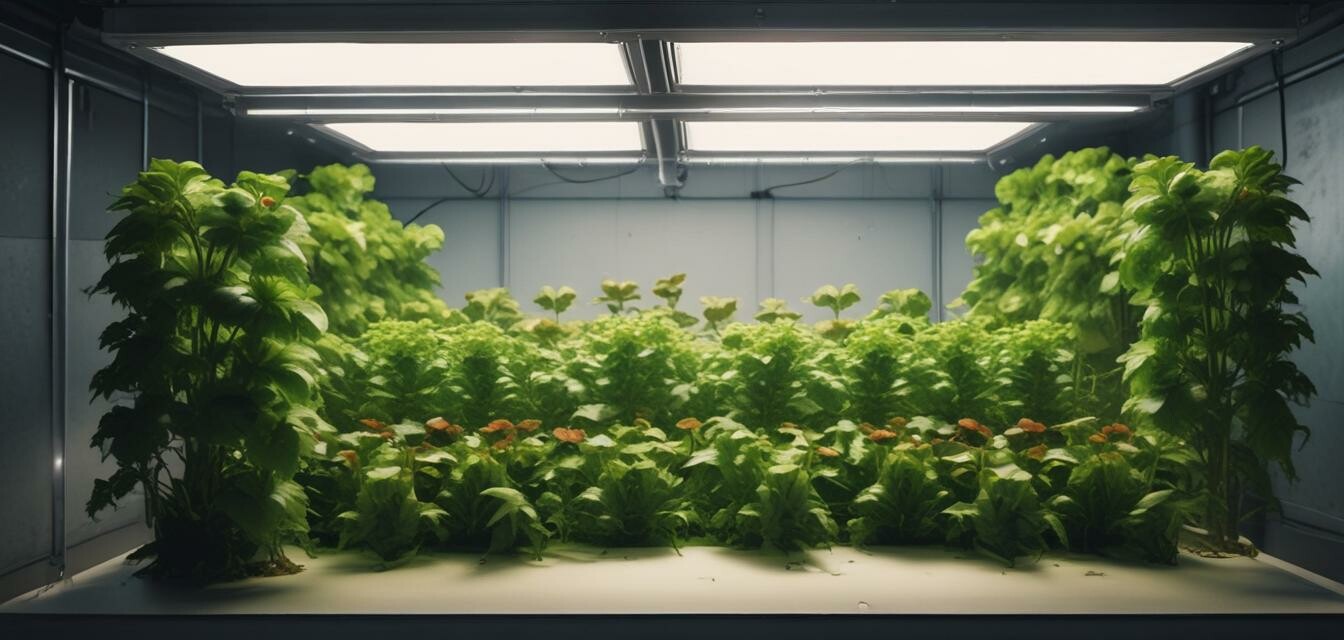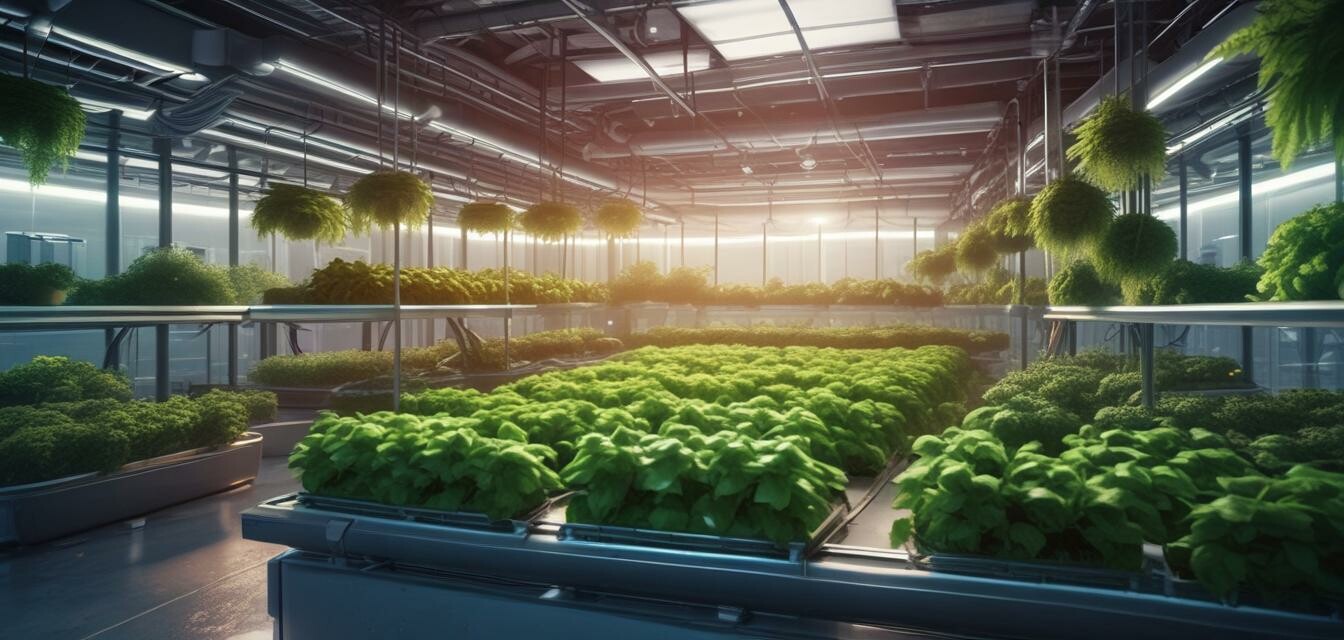
Lighting Solutions for Hydroponics
Welcome to GrowGuru, your expert guide to growing fresh foods and plants indoors using hydroponic systems. In this article, we'll explore the importance of lighting in hydroponics and compare different lighting options for optimal growth.
Key Takeaways
- Lighting is essential for photosynthesis and plant growth in hydroponics.
- Different types of lighting options are available, including LED, HPS, and Fluorescent lights.
- Choose a lighting solution based on your plant type, growth stage, and energy efficiency.
- Consider factors like color temperature, intensity, and spectrum when selecting a lighting solution.
Why Lighting Matters in Hydroponics
In hydroponics, lighting is a critical factor in promoting healthy plant growth. Photosynthesis, the process by which plants convert light energy into chemical energy, is essential for plant development. Without adequate lighting, plants will struggle to thrive.
Benefits of Proper Lighting
- Increased yields and faster growth rates
- Improved plant health and resistance to disease
- Enhanced flavor and nutritional value of crops
- Reduced energy consumption and cost savings
Comparing Lighting Options for Hydroponics
Several types of lighting solutions are available for hydroponics, each with its own advantages and disadvantages. Let's compare some of the most popular options:
| Lighting Type | Color Temperature (K) | Intensity (μmol/s) | Spectrum | Energy Efficiency |
|---|---|---|---|---|
| LED Grow Lights | 4000-5000 | 400-800 | Full spectrum (400-700nm) | High (50-70 lumens/watt) |
| HPS (High Pressure Sodium) Grow Lights | 2000-2500 | 600-1000 | Yellow-orange spectrum (550-650nm) | Medium (30-50 lumens/watt) |
| Fluorescent Grow Lights | 3500-4500 | 200-400 | Blue-white spectrum (350-500nm) | Low (20-30 lumens/watt) |
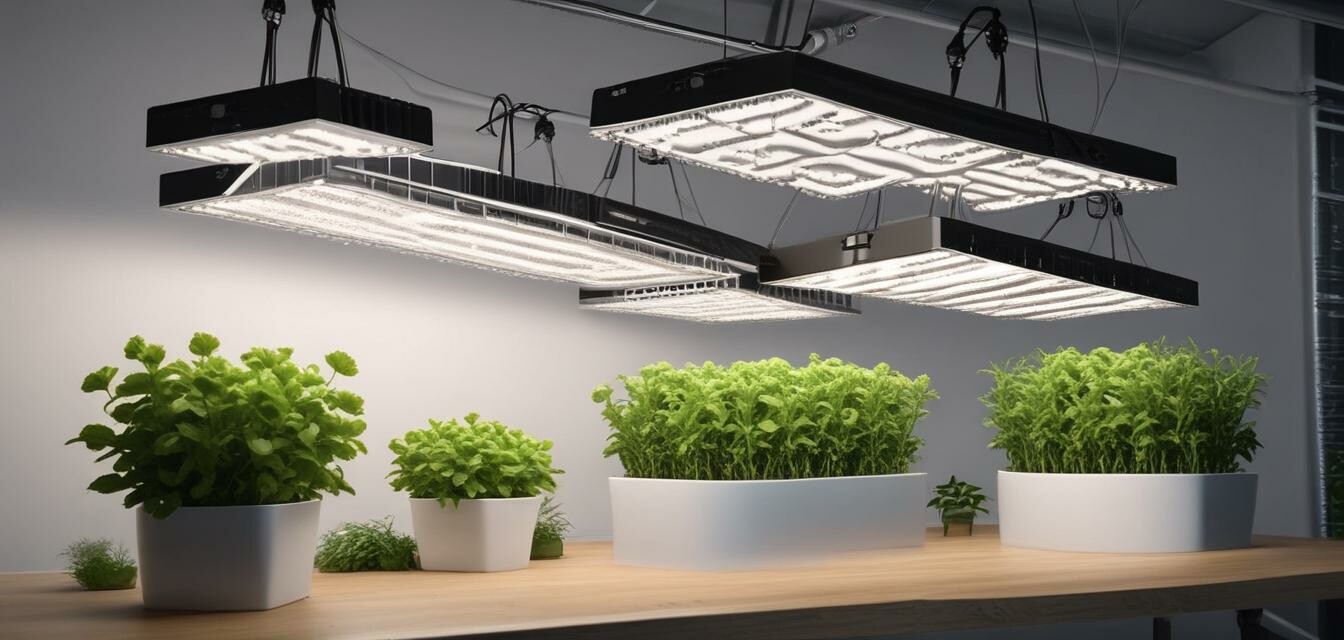
Choosing the Right Lighting Solution for Your Hydroponic System
When selecting a lighting solution, consider the following factors:
- Plant type and growth stage: Different plants have unique lighting requirements. Ensure your lighting solution meets the needs of your specific plants.
- Energy efficiency: LED grow lights are generally more energy-efficient than HPS and Fluorescent lights.
- Color temperature and spectrum: Choose a lighting solution that provides the optimal spectrum for your plants.
- Intensity and coverage: Ensure your lighting solution provides adequate coverage for your plants and is adjustable for different growth stages.
Additional Tips for Optimizing Your Hydroponic Lighting
Beginners Section
- Start with a simple LED grow light setup and adjust as needed.
- Monitor your plants' response to different lighting conditions and adjust accordingly.
- Consider investing in a lighting controller for automated scheduling and energy savings.
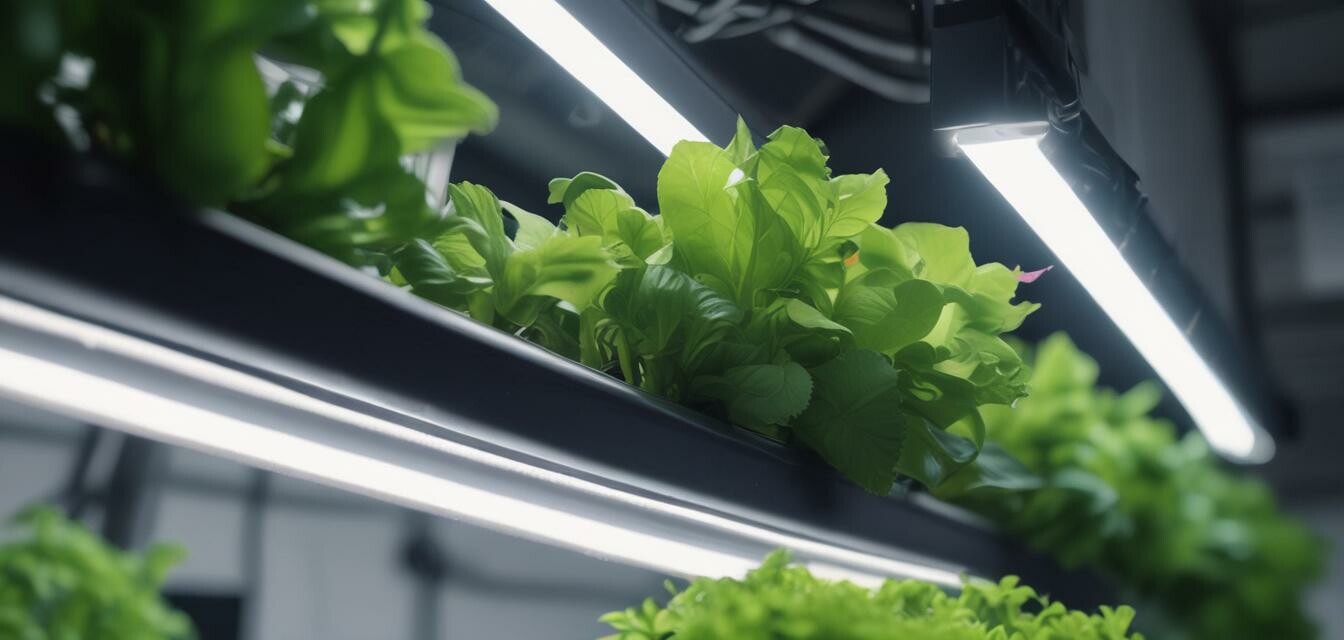
Conclusion
Lighting is a critical component of a successful hydroponic system. By understanding the importance of lighting and comparing different options, you can choose the right lighting solution for your plants. Remember to consider factors like color temperature, intensity, and spectrum when selecting a lighting solution. Happy growing!
Pros of LED Grow Lights
- Energy-efficient and cost-effective
- Longer lifespan and reduced maintenance
- Full spectrum and adjustable spectrum options
Cons of LED Grow Lights
- Higher upfront cost compared to other options
- May require additional cooling systems
- Some plants may require specific spectra not provided by LED lights
For more information on hydroponic systems and equipment, check out our guides on Countertop Hydroponic Kits, Environmental Control Equipment, and Hydroponic Pumps and Accessories. Happy growing!
